Raport VI – Russian Options in the Luhansk Direction (Free access)
In September 2023, we were asked to produce a report on possible Russian movements in the Luhansk Direction, which resulted in a paper delivered to one of our clients the following month.
We were now given permission to publish the document online. But before you scroll down, there are some caveats.
Firstly, please remember that the document was published in October.
Secondly, the frontline in the area has changed little since then, so in many respects, the analysis still holds.
Lastly, geography is what counts. Please pay special attention to areas, which Russians may want to capture if they launch a larger operation. In this respect, we expect no changes.
Possible Russian Course of Action in the Luhansk Direction
Introduction
Ilya Yevlash, the Ukrainian Armed Forces Eastern Group spokesman, said that the 25th Combined Arms Army (CAA) replaced the 41st CAA and the 76th Guards Air Assault Division in the Luhansk Direction.
The 25th CAA, is reportedly fully manned, and its strength increased (from a reported 15,000 men two weeks ago) to 17,000 soldiers.
The army is deployed near Kreminna, specifically to the west and south of the city.
On 05OCT, Yevlash claimed that in the Lyman-Kupyansk direction, the Russians had concentrated about 1,085 tanks, almost 2,000 armoured combat vehicles, more than 700 artillery systems and 500 multiple launch rocket (MLR) systems.
To put these numbers into perspective, in mid-July, Serhiy Cherevaty, the then-head of the Eastern Group of the Ukrainian Armed Forces press service, said that Russians had gathered some 100,000 troops, 900 tanks and 555 artillery systems between Lyman and Kupyansk. On 30AUG, Yevlash claimed that Russians had accumulated 110,000 troops (including rear and support units), almost 1,000 tanks, 1,500 armoured combat vehicles, 650 artillery systems and almost 400 MLR systems in the same area.
Looking at this data alone, within a month, Russians increased the number of tanks in the Luhansk Oblast by 85, artillery systems by 50, armoured vehicles by 500, and MLR systems by 100.
Assessment of the Area of Operation – The Luhansk Direction
The following factors were considered when analysing possible Russian actions in the Luhansk Direction:
· The Forward Edge of the Battle Area (FEBA) in relation to natural terrain obstacles;
· Hydrography [rivers, lakes];
· Road network with particular attention to the bridges over the Oskil River;
· Rail networks;
· Forested areas.
All of these elements are shown on Map 1. A detailed analysis of the above factors helped us to designate passable terrain [GO], slow passable terrain [SLOW GO], and no passable terrain [NO GO],
(Map 2) that Russians may attempt to enter. We also determined key areas (objectives) that Russians may seek to capture during the offensive based on this data. Six key areas have been identified, the seizure of which will allow the Russians to create conditions for the continuation of operations in the direction of Izyum [Map 3].
These are:
· Key Area nr 1 IVO Kupiansk
· Key Area nr 2 IVO Kurylivka
· Key Area nr 3 IVO Senkove
· Key Area nr 4 IVO Gorhovatka
· Key Area nr 5 IVO Studenok
· Key Area nr 6 IVO Lyman
Particular attention should be paid to the location of the bridges over the Oskil River, which defines the scale of possible offensive operations in a given direction, and the railway line route, which is important for both sides in terms of the functioning of the logistics system. Without control over these infrastructure elements, it will not be possible to carry out operations in a given area.
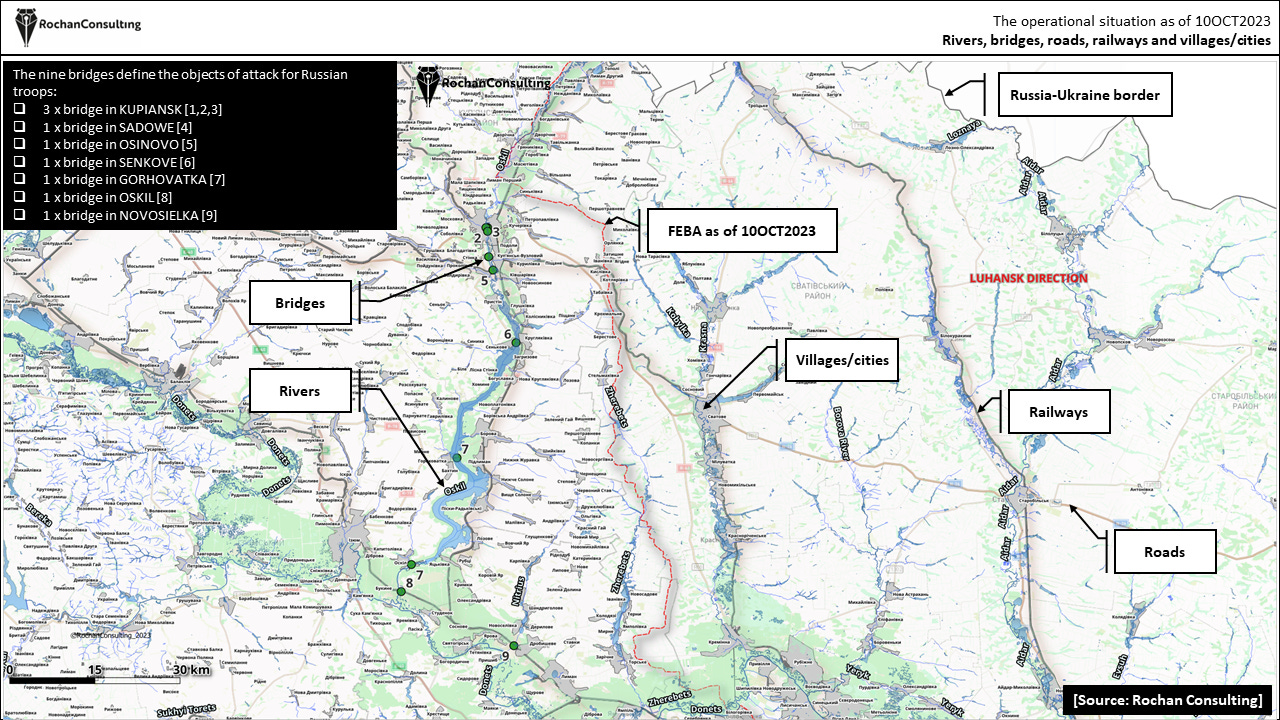
Map 1. Rivers, bridges, roads, railways and villages in the Luhansk Direction [Source: Rochan Consulting]
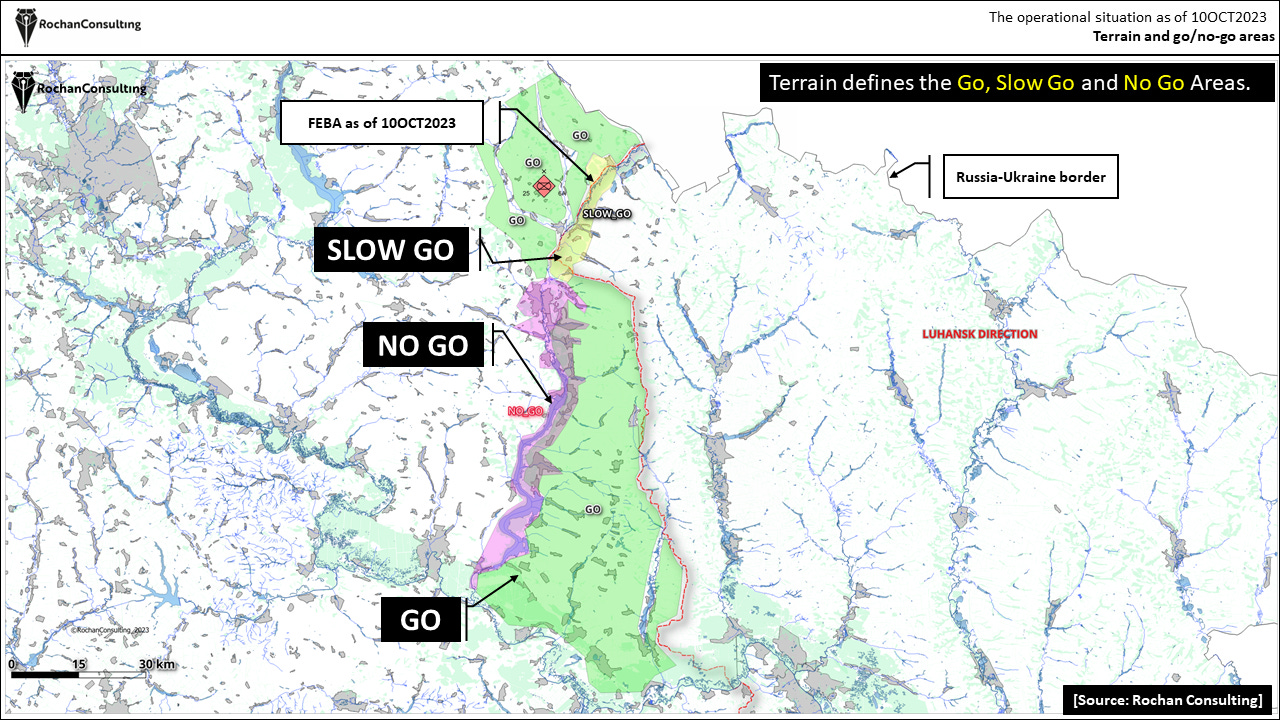
Map 2. GO, SLOW GO and NO GO terrain in the Luhansk Direction [Source: Rochan Consulting]
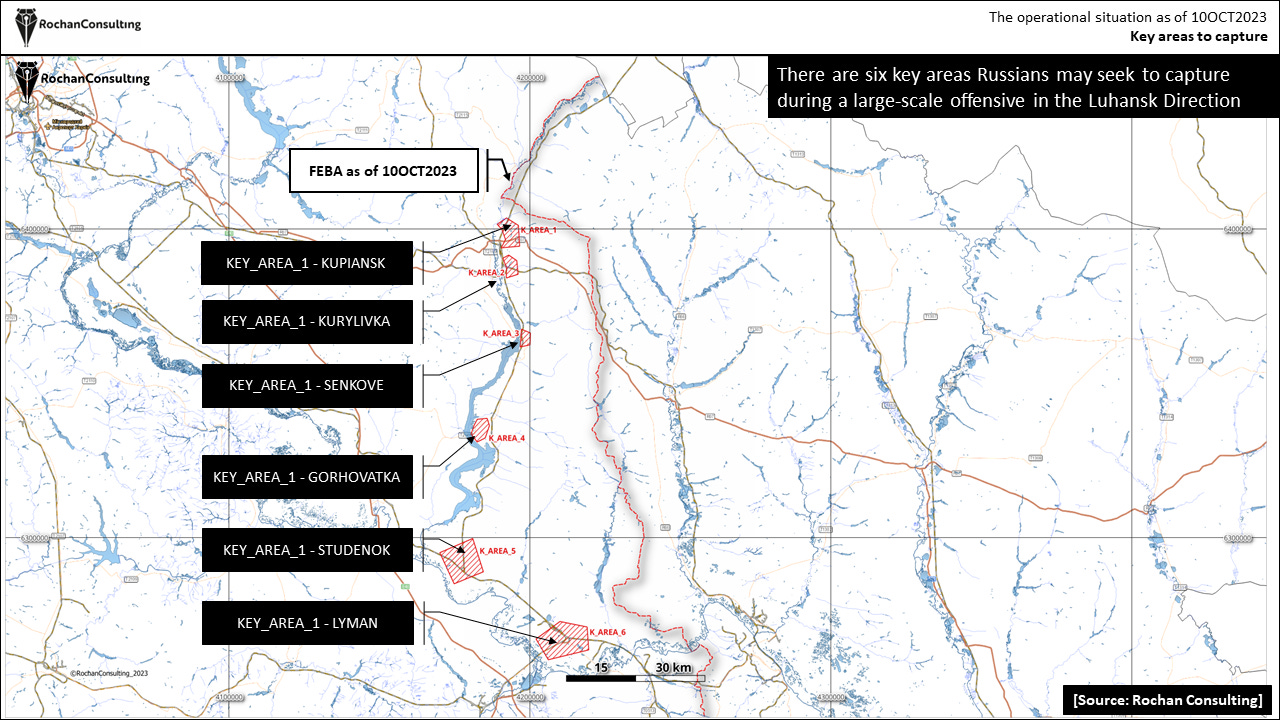
Map 3. Key Areas in the Luhansk Direction [source: Rochan Consulting]
Composition of forces
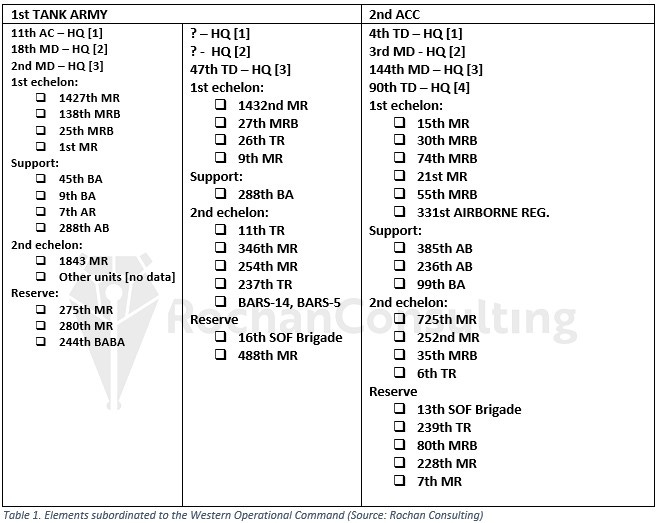
It is worth noting that the Russian Western Operational Command commanded the 25th CAA (not listed above). The 25th CAA likely replaced the 41st CAA, which was withdrawn from the area.
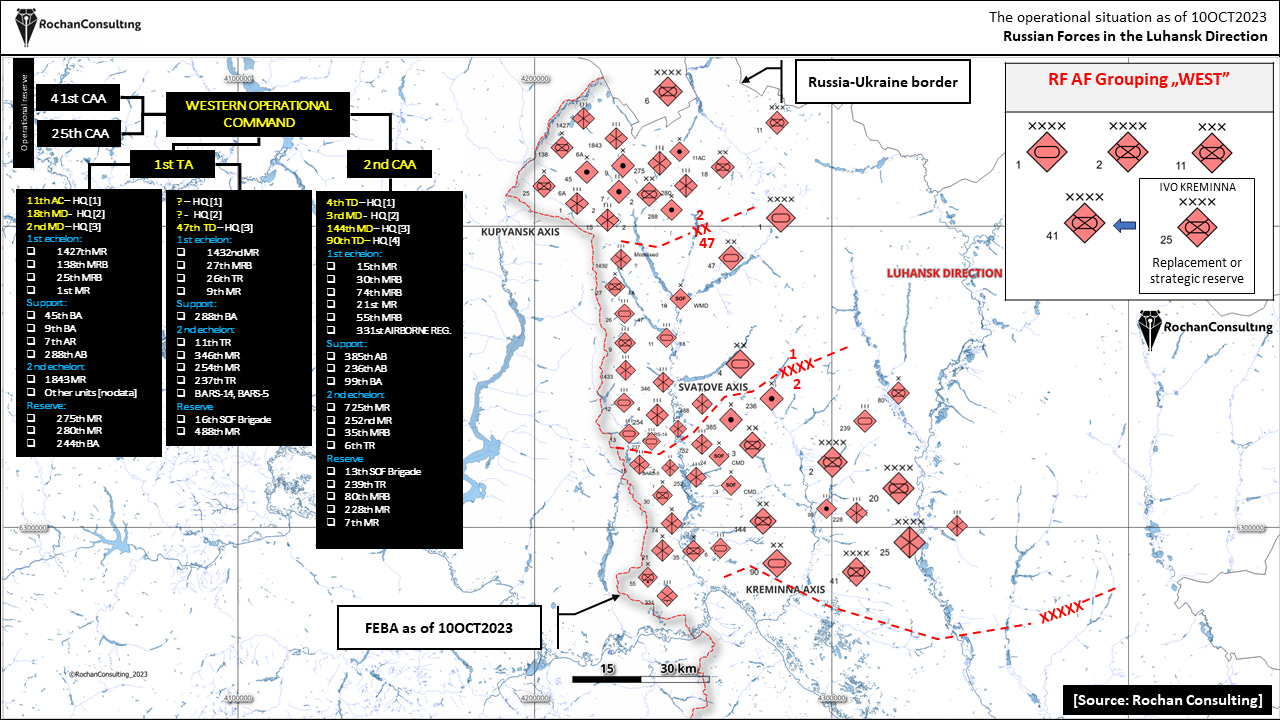
Map 4. Russian forces’ order of battle in the Luhansk Direction [Source: Rochan Consulting]
An analysis of the terrain and Russian combat grouping suggests that the suitable directions for initiating offensive actions include [Map 5]:
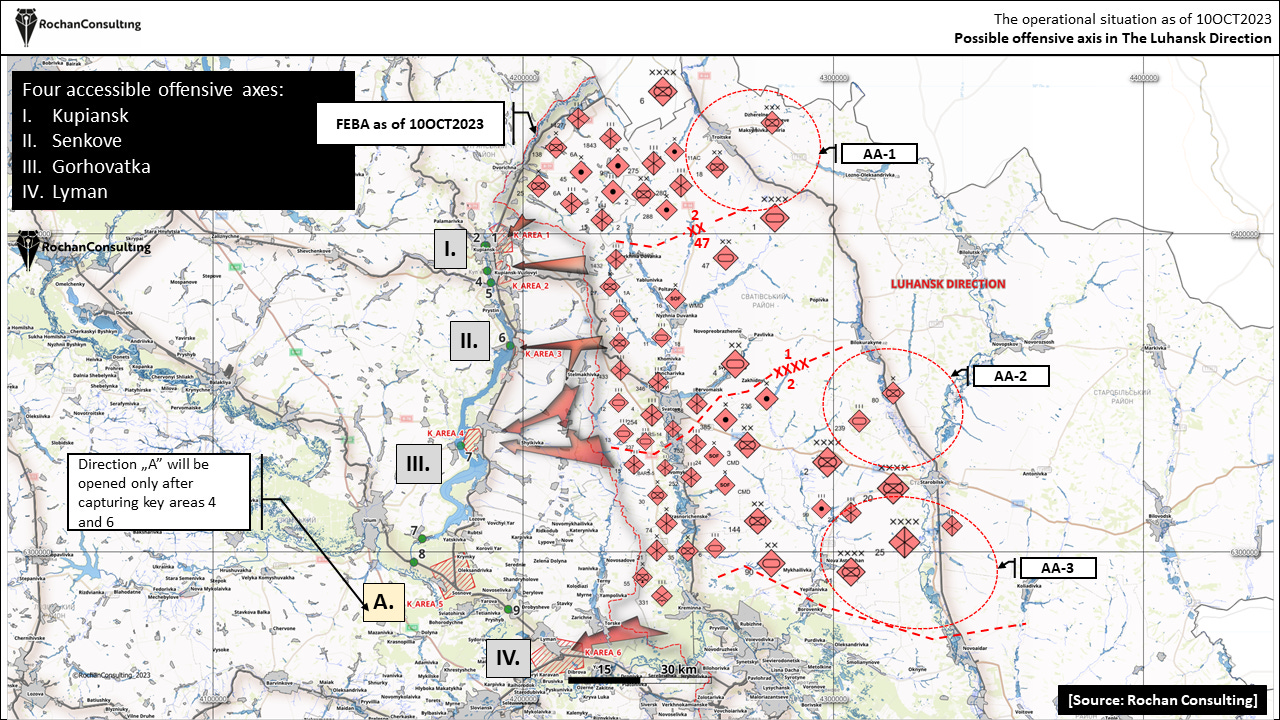
Map 5. Possible offensive axes in the Luhansk Direction [Source: Rochan Consulting]
Possible Course Of Action [COA] of the Russian Armed Forces in the Luhansk Direction
AIM – Reach the Oskil River and capture Key Areas 1, 2, 3 and 4 to create conditions to redirect the offensive in the southward direction.
IMPLEMENTATION
Considering the river crossable conditions and the Russian force’s presence in the Luhansk Direction, COA could consist of two phases [Map 6]:
PHASE I – PREPARATION
PHASE II – EXECUTION
STAGE I
Aim: Cut Ukrainian defensive lines and capture Key Areas 3, 4 and Object 1
STAGE II
Aim: Capture Key Areas 1 and 2.
STAGE III
Aim: Capture Key Area 6.
During the PHASE I [ongoing?], the Russian Armed Forces will assemble and redirect its combat potential to establish conditions needed to commence the operation [25th CAA, other forces?].
The forces will move from Assembly Areas [AA] – Map 6.
PHASE II could consist of three STAGES.
During STAGE I, reconnaissance units and the first echelon will cross the FEBA and advance towards Key Areas 3 and 4 and Object 1. Deceptive actions are possible to obfuscate the true Center of Gravity.
During STAGE II, Key Areas 1 and 2 will be the main goal for advancing forces [18th MRD?]. The second echelon will change position and start moving towards the front line.
During PHASE III, the main goal will be to size the Key Area 6 by the 25th CAA to facilitate pushing the reminder of Ukrainian forces over the Oskil River.
COG – Phase I – Ukrainian logistic lines, Phase II – Ukrainian artillery and tactical reserves, Phase III – Ukrainian operational reserves.
Remark:
The sequence of stages is arbitrary. They can also occur concurrently.

Map 6. Possible Russian COA in the Luhansk Direction [Source: Rochan Consulting]
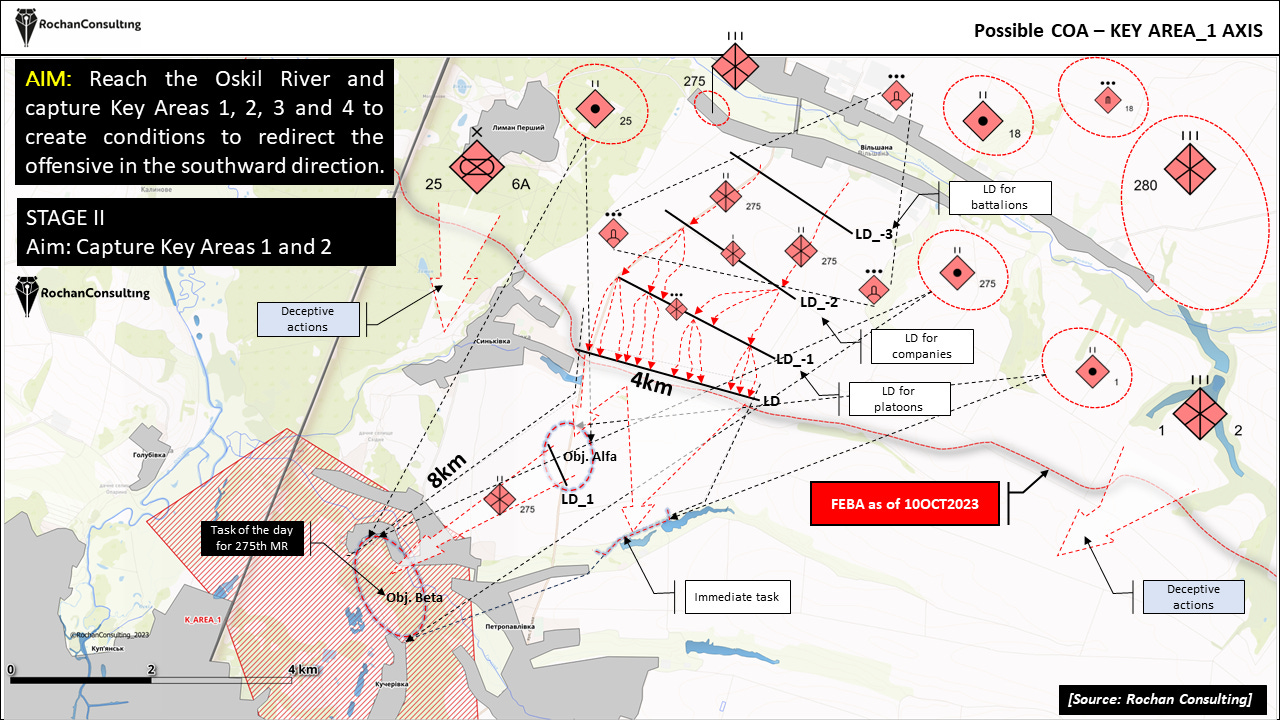
Map 7. Example of the possible COA during STAGE II in Key Area 1 Axis
Conclusions
- Weather conditions will play a crucial role over the next two months, impacting both side’s activities;
- Russian reserves – 25th CAA or other mobilised units are poorly equipped and trained.
- It is highly likely that most mobilised elements are not fully manned.
- Russian offensive actions require experienced personnel and coordination between assault units, artillery and the air force. Otherwise, large Russian losses are to be expected.
Set of terms
In assessing the probability or likelihood of certain events, we use a set of terms proposed by the US Intelligence Community.
